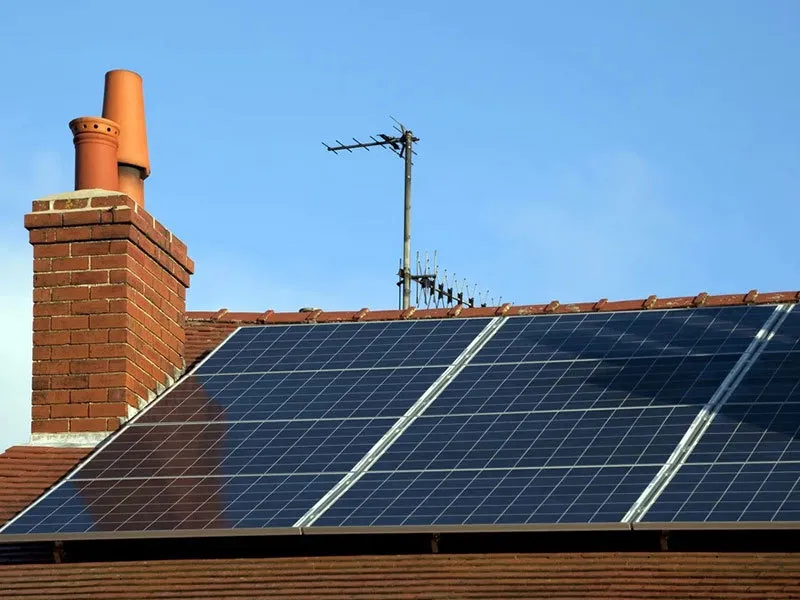Understanding the Manufacturing Process of Solar Panels and Their Components
How Solar Panels are Made
Solar panels, the forefront of renewable energy technology, harness sunlight and convert it into electricity. As the world increasingly shifts toward sustainable energy sources, understanding how these solar panels are made becomes essential. The manufacturing process involves several steps, each playing a crucial role in ensuring the efficiency and longevity of the panels.
Raw Materials
The primary raw material used in the manufacturing of solar panels is silicon, a naturally occurring element that is abundant in the Earth's crust. Silicon is praised for its semi-conductive properties, making it a perfect choice for solar energy conversion. Other materials include glass, metals, and various chemical compounds that help improve the efficiency and durability of the panels.
Silicon Production
The process begins with silica sand, which is purified to produce metallurgical-grade silicon through a chemical reduction process. This process typically involves the use of carbon in high-temperature furnaces. The result is a material that is around 98% pure. For solar panels, however, we need silicon that is at least 99.9999% pure, known as solar-grade silicon. To achieve this level of purity, the metallurgical-grade silicon undergoes further refining, often using the Siemens process, where it is converted into a gas and then re-deposited in pure crystalline form.
Wafer Production
Once silicon is purified, it is formed into ingots, large cylindrical blocks that are sliced into thin wafers. These wafers range between 180 to 300 micrometers in thickness. The slicing process is usually performed using wire saws to minimize waste. Each wafer serves as a substrate for solar cells, which are later treated to create a p-n junction necessary for electricity generation.
Cell Production
solar panel how its made

The wafers are then processed to create solar cells. This involves doping, which is the introduction of impurities into the silicon to modify its electrical properties. Usually, phosphorus is added to create an n-type layer, while boron is used to create a p-type layer. This combination forms the p-n junction essential for converting sunlight into electricity. After doping, the cells are treated to enhance their efficiency, which can include processes like texturization and anti-reflective coating application. These treatments help maximize light absorption and minimize energy losses.
Panel Assembly
Once the solar cells are ready, they are assembled into panels. The cells are arranged in a specific configuration, typically in strings or grids, and are interconnected using metallic conductors. The assembled cells are then sandwiched between layers of protective materials, including a durable glass front to protect against environmental elements and a backing material that provides insulation and additional protection. The panel assembly is completed by sealing the edges to make the panels weatherproof.
Quality Control and Testing
Before solar panels are dispatched to consumers or installers, they undergo rigorous quality control testing. This ensures that they can withstand various environmental conditions, including extreme temperatures, moisture, and mechanical stress. Tests typically include thermal cycling, damp heat, and mechanical loading. High-quality panels are guaranteed to provide better efficiency and a longer lifespan.
Final Packaging
The final step in the manufacturing process is packaging. Solar panels are carefully packed to prevent damage during transportation. Most manufacturers offer warranties for their products, often guaranteeing performance for 25 years or more. This assurance is designed to build consumer trust and promote the long-term reliability of solar energy systems.
Conclusion
Understanding how solar panels are made provides valuable insight into the renewable energy industry. From raw silicon to assembled panels, each step in the manufacturing process is crucial to ensuring that solar technology is not only effective but also sustainable. As technology continues to evolve, the efficiency and affordability of solar panels are expected to improve, allowing more people around the world to harness the power of the sun. Embracing solar energy is not just a trend; it represents a significant step toward a cleaner, greener future.
-
Unlocking Energy Freedom with the Off Grid Solar InverterNewsJun.06,2025
-
Unlock More Solar Power with a High-Efficiency Bifacial Solar PanelNewsJun.06,2025
-
Power Your Future with High-Efficiency Monocrystalline Solar PanelsNewsJun.06,2025
-
Next-Gen Solar Power Starts with Micro Solar InvertersNewsJun.06,2025
-
Harnessing Peak Efficiency with the On Grid Solar InverterNewsJun.06,2025
-
Discover Unmatched Efficiency with the Latest String Solar InverterNewsJun.06,2025







